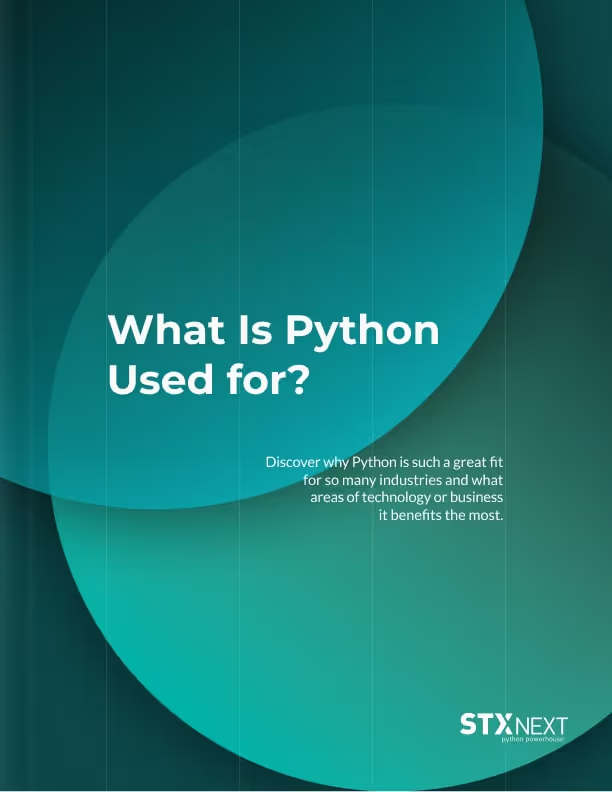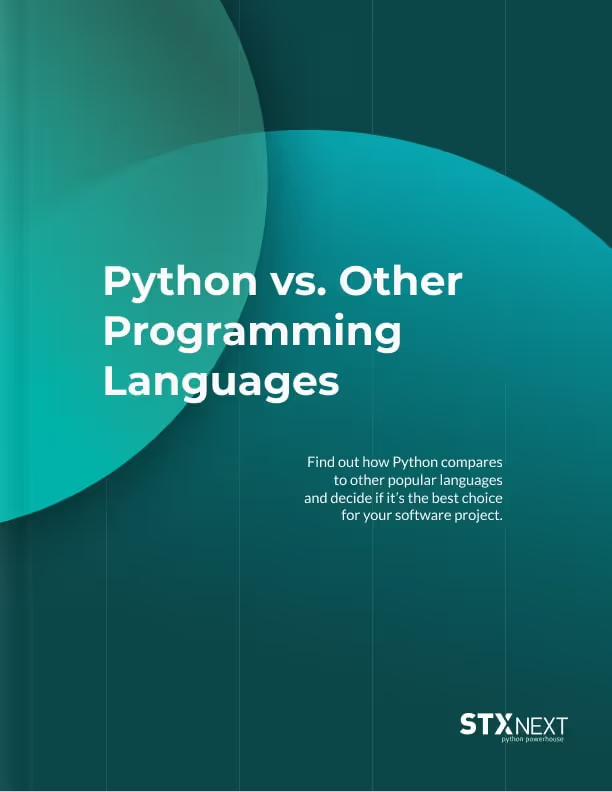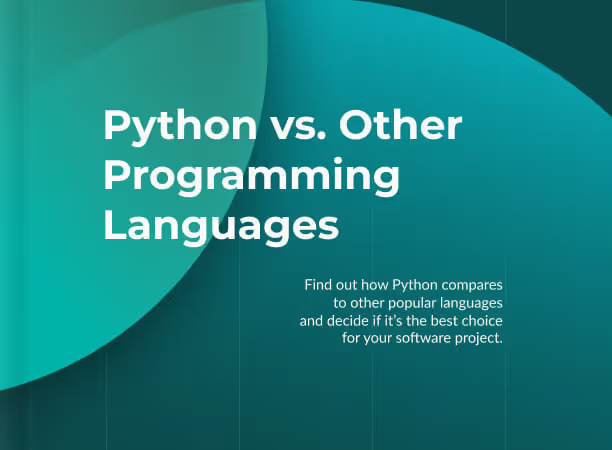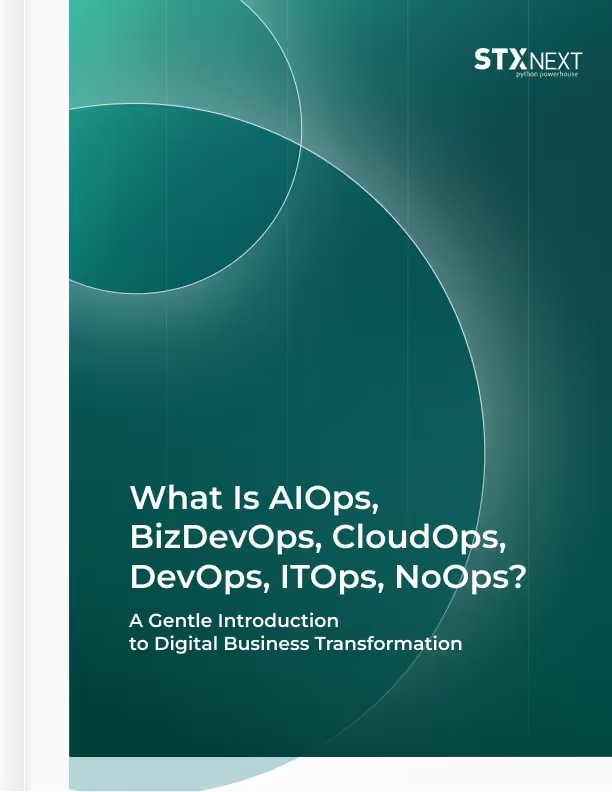IT Insights
Resources
Arm yourself with the expert knowledge you need to successfully deliver software projects. Get free in-depth resources, templates, and checklists—all based on nearly 20 years of software development experience.
Guides

Machine Learning Applications
READ MORE


What Is Industry 4.0? A Complete Guide for Tech Leaders
READ MORE


The New CTO’s Handbook
READ MORE


Tech Leaders Hub: Management & Growth
READ MORE


Machine Learning for eCommerce
READ MORE


The C-Level Guide to Software Development Nearshoring
READ MORE


The True Cost of Hiring In-House Developers
READ MORE


Introduction to Python for Tech Managers
READ MORE


The Expert Guide to Personal Branding on LinkedIn
READ MORE

Code Audits
Additional Resources
IT Insights
Guides

What Is Python Used for?

Python vs. Other Programming Languages

The Ultimate Guide to Hiring Software Developers

A Practical Guide to Outsourcing Software Development

Machine Learning Applications

What Is Industry 4.0? A Complete Guide for Tech Leaders

The New CTO’s Handbook

Tech Leaders Hub: Management & Growth

Machine Learning for eCommerce

The C-Level Guide to Software Development Nearshoring

The True Cost of Hiring In-House Developers

Introduction to Python for Tech Managers
Code Audits




































